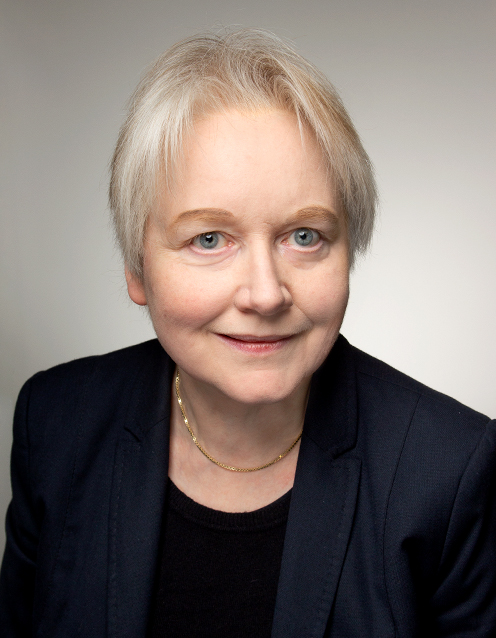

Irene Burghardt

Born October 21, 1964, in Bonn, Germany
Professor of Theoretical Chemistry, Institute of Physical and Theoretical Chemistry, Goethe University Frankfurt, Germany
Ph.D. University of Lausanne (1992), EU Research Fellow ULB Brussels (1992), DFG Habilitation Fellowship, University of Bonn (1996), Heidelberg University (1998), CNRS Research Scientist, Ecole Normale Sup ́erieure Paris (1999), CNRS Research Director (2007), Awardee Alfried Krupp von Bohlen und Halbach Foundation (2011)
Author of:
Approximately 200 scientific papers and book chaptersImportant Contributions:
- Development of first-principles approaches to vibronic coupling phenomena in functional molecular materials, combining fragment-based representations with multiconfigurational quantum dynamics. Based on this, study of the emergence of statistical properties and transport phenomena in complex molecular assemblies; Development of time-dependent variational methods, notably the Gaussian wavepacket based Multi-Configuration Time-Dependent Hartree (G-MCTDH) approach and hierarchical tensor network variants of this approach, along with adaptive propagation schemes and combination with neural network potentials; Development of reduced-dimensional representations based on collective modes and hierarchical chain representations for non-adiabatic dynamics in structured environments; applications within wavefunction-based and non-Markovian master equation frameworks; Development of quantum-classical hybrid methods relying on a hydrodynamic moment representation, notably a variant of the Quantum-Classical Liouville Equation where the classical subspace is represented by classical-statistical Dynamical Density Functional Theory. Further, contributions to the development of a gauge-invariant quantum hydrodynamic formulation for electron-nuclear dynamics; Development of simulation protocols for multi-dimensional electronic and mixed electronic-vibrational spectroscopies; Development of simulation tools for the photocontrol of biological assemblies, including two-photon excitation, FRET sensitizers, photoswitches, and photolabile protecting groups.